AI and Copyright Wars: The New York Times Takes on OpenAI and Microsoft
Intepat
JANUARY 8, 2024
Navigating the Intellectual Property Rights Dilemma The clash between The New York Times, OpenAI, and Microsoft unfolds in the realm of intellectual property law. In light of the Copyright Act of 1976 (United States), like The New York Times, creators have the exclusive right to reproduce, distribute, and display their works.

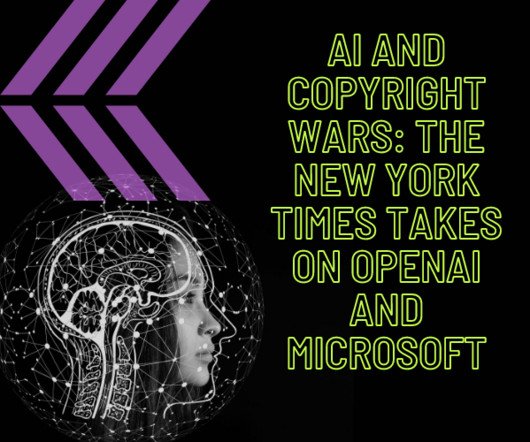
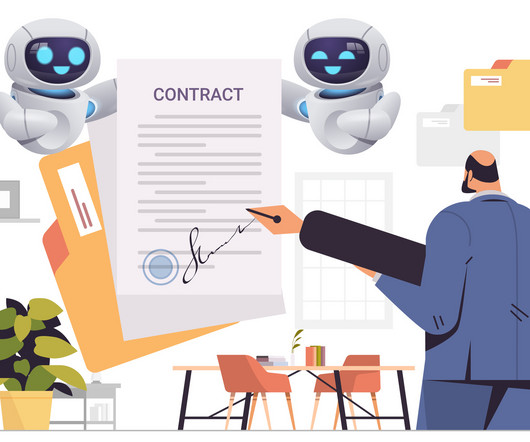

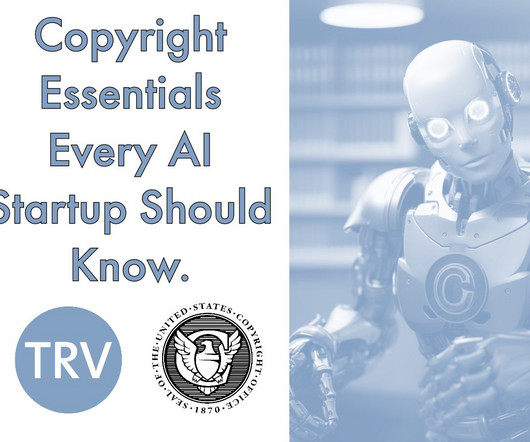
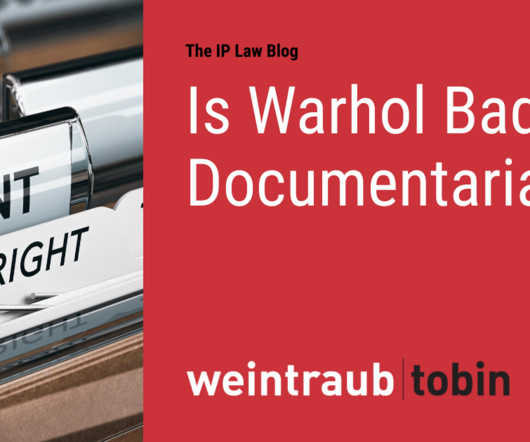



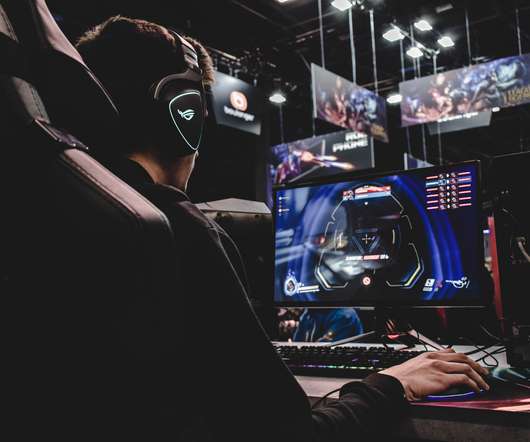



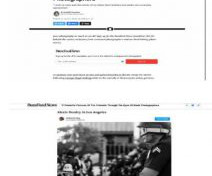
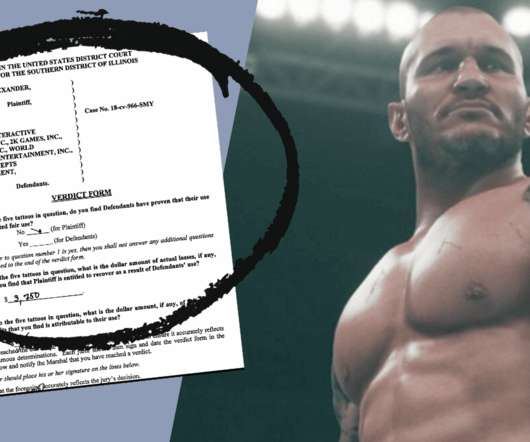
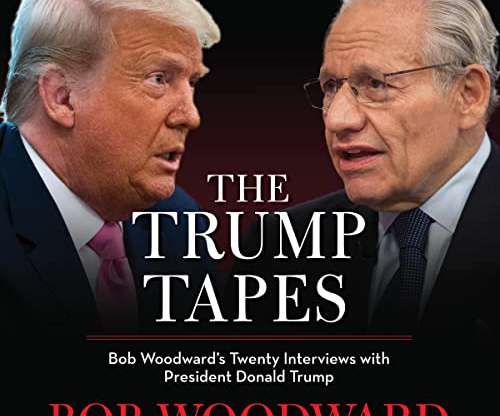







Let's personalize your content